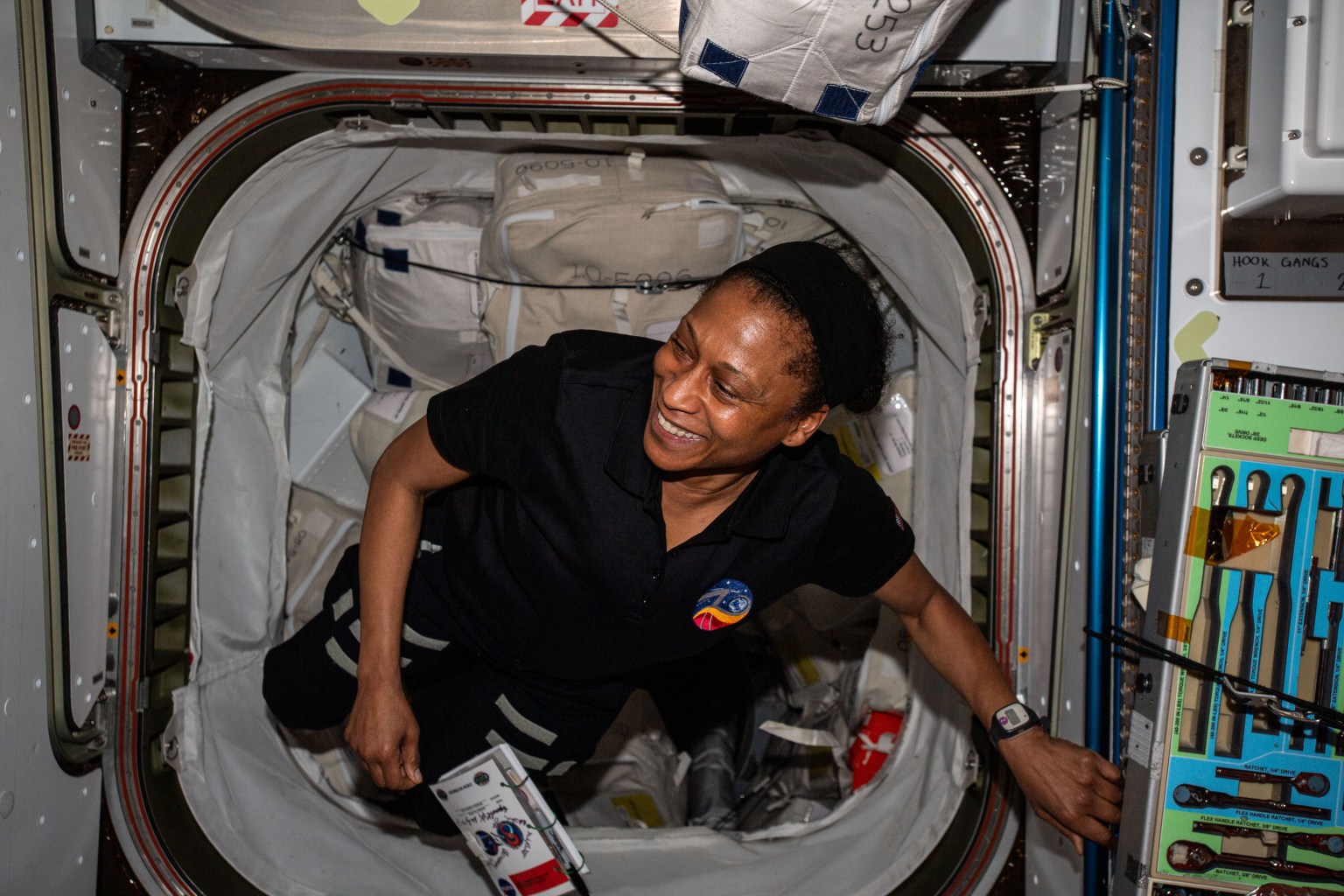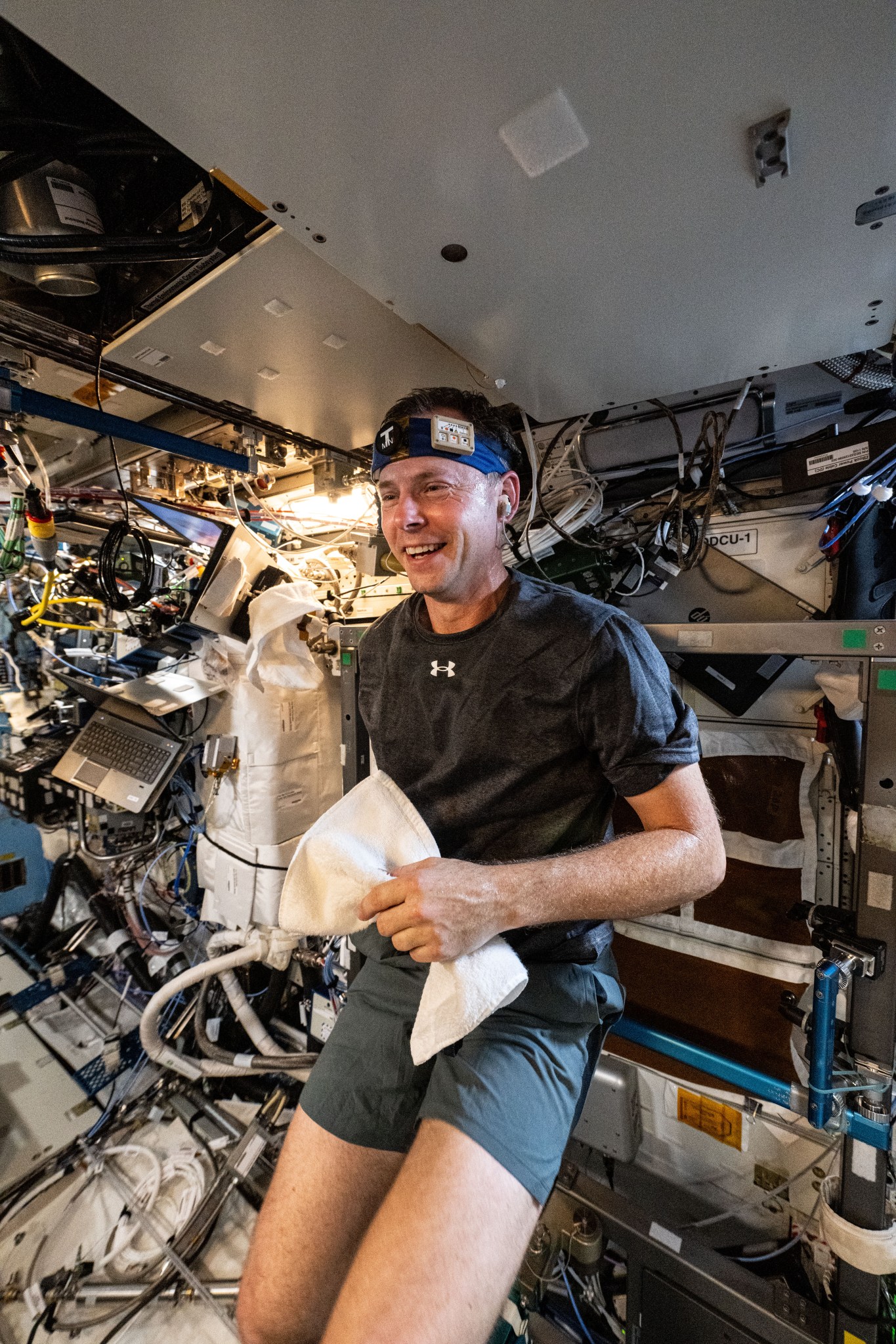
Science in Space Nov 2024
Many of us wear devices that count our steps, measure our heart rate, track sleep patterns, and more. This information can help us make healthy decisions - research shows the devices encourage people to move more, for example - and could flag possible problems, such as an irregular heartbeat.
Wearable monitors also have become common tools for research on human health, including studies on the International Space Station. Astronauts have worn special watches, headbands, vests, and other devices to help scientists examine sleep quality, effectiveness of exercise, heart health, and more.
Warm to the core
Spaceflight can affect body temperature regulation and daily rhythms due to factors such as the absence of convection (a natural process that transfers heat away from the body) and changes in the cardiovascular and metabolic systems.
A current investigation from ESA (European Space Agency), Thermo-Mini or T-Mini examines how the body regulates its core temperature during spaceflight. The study uses a non-invasive headband monitor that astronauts can wear for hours at a time. Data from the monitor allow researchers to determine the effect on body temperature from environmental and physiological factors such as room temperature and humidity, time of day, and physical stress. The same type of sensor already is used on Earth for research in clinical environments, such as improving incubators, and studies of how hotter environments affect human health.
Thermolab, an earlier ESA investigation, examined thermoregulatory and cardiovascular adaptations during rest and exercise in microgravity. Researchers found that core body temperature rises higher and faster during exercise in space than on Earth and that the increase was sustained during rest, a phenomenon that could affect the health of crew members on long-term spaceflight. The finding also raises questions about the thermoregulatory set point humans are assumed to have as well as our ability to adapt to climate change on Earth.

To sleep, perchance to dream
Spaceflight is known to disrupt sleep-wake patterns. Actiwatch Spectrum, a device worn on the wrist, contains an accelerometer to measure motion and photodetectors to monitor ambient lighting. It is an upgrade of previous technology used on the space station to monitor the length and quality of crew member sleep. Data from earlier missions show that crew members slept significantly less during spaceflight than before and after. The Actiwatch Sleep-Long investigation used an earlier version of the device to examine how ambient light affects the sleep-wake cycle and found






